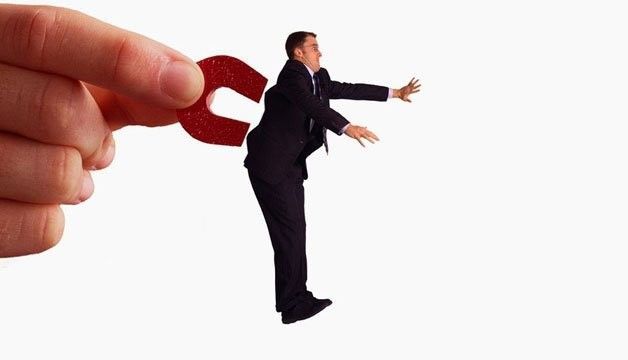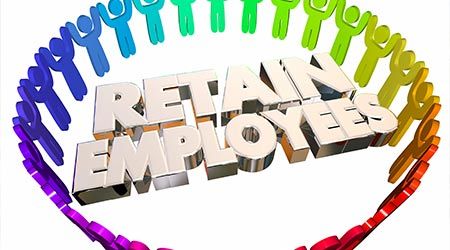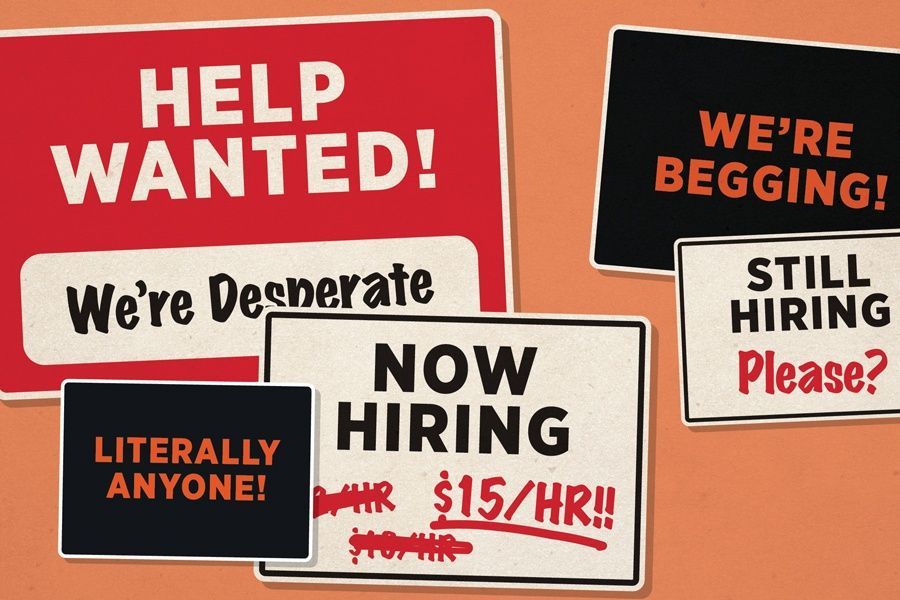It’s Time to Replace “Supervisors” with “Success Coaches”
February 2022
What is a coach?
A coach is a person who helps others develop their skills and abilities, boost their performance, and deal with issues and challenges before they become major problems. It is also what a supervisor should be doing but has not been trained to possess these coaching skills.
From the world of business and industry there have been numerous studies done of what happens when you provide your employees with coaching. The results are consistently the same. Over 70% of employees who receive coaching saw an increase in work performance, improved work relationships, improved communications skills, and 80% reported more self-confidence. (Benefits of Coaching, March 28, 2013)
We have had Executive Coaching around for over a decade. These Executive Coaches focus on helping senior leaders be better leaders. These coaches have typically been outside persons brought in when there is a problem with the performance of senior executives.
Now there is a growing recognition that this same approach can be used with all employees to improve their performance and that the logical internal person to be doing this are supervisors.
We call this Performance Coaching; teaching those same success-focused coaching skills to our supervisors to give them the skills to help improve the performance of our staff.
You might be thinking – this is what our supervisors already do. In fact, studies tell us what supervisors do is wait till there is a problem with performance and then use a progressive discipline model to “motivate” improved performance. This model from the last century does not work with our younger, Gen Y and Z workforce and it actually stops workers’ thinking out of fear or retribution. This antiquated model has also resulted in an increasing rate of turnover in human services with the more intensive the service being – the higher the turnover. In child welfare, that is working with challenging children and residential. In substance abuse, it is working with dual diagnosis inpatient, etc.
What does a success coach do differently than a traditional supervisor?
- They meet to discuss how the worker is succeeding on a regular basis. Supervision is not case review.
- They look for indicators of success and recognize those successes - praise performance on a regular basis.
- They ask questions of the worker to teach the worker to think rather than be told what to do or what to not do – success coaches ask not tell.
- They focus on the behaviors of the employee – it is reasonable for an employer to stipulate the required behavior for employees because people can change their behavior.
- They know their goal is to help the employee grow, develop professionally, improve their performance long-term – they stay focused on the goal of employee success.
- They are not critical, judging or threatening, rather they are supportive and solution-focused – they do not use threats to motivate, as it does not work.
- They recognize all people make mistakes, sometimes forget, and can learn how to do better – they focus on getting it right, not dissecting what went wrong.
- They actively listen to the person, ask how they are doing, how they are struggling, and what the person needs to be more successful in their work – they learn to listen.
- They help employees learn to solve their own problems. Challenges rather than being told what the solution is – they are taught to think.
- They are recognized for changing – behavior that is recognized and rewarded is more likely to be repeated.
And if you look at this list of 10 skills then you know that you can (1) teach skills and (2) require people who work for you to use those skills.
If organizational leaders make the decision that it’s time to train supervisors to be success coaches, then they must set up a training program to teach those skills to staff, participate in that training with them and supervise those staff to model being a success coach to be sure they become able and willing to use those skills. If they are not, help them problem solve what they need to do to successfully and consistently use those skills.
Said differently, it’s time to define how you want your supervisors to supervise staff, teach them the skills to do those practices, and then hold them accountable to work that way with all employees.
What I have most often seen in human services and education is that we will do training on the skills and then move on, never implementing with accountability. The clear result has been our agencies continue to struggle with employee performance and turn over.
If you look back at the list of what skills success coaches need you can see they are also the skills we want to teach our direct service staff to use with our clients, so our clients can learn to make the changes they need to be successful (to graduate from services and be a contributing member of society).
As organizational leaders you just need to ask if you want:
- lower staff turn over
- improved staff performance
- improved client outcomes
- improved employee job satisfaction
- improved sense of “we are all in this together” aka teamwork
- improved relationships between staff and their supervisors
- decreased time spent on corrective actions and termination processes
Then the answer is clear and simple…. It's time to change your supervisors into Success Coaches. There are two formats for teaching these skills – Three days over 3-4 months in a classroom setting. There is also a ten session zoom online training for Success Coaches.
Contact me, Jeff Bormaster, California LCSW 15130, author of Supervision for Success, when you are ready to begin this process.
LEADING FROM OUTSIDE THE BOX is a monthly newsletter for human services leaders.
Its purpose is to challenge your thinking and help you improve organizational and outcome performance.
To receive your copy free, simply email Jeff Bormaster and ask to be added to the mailing list. Feel free to share these newsletters with other human services leaders, simply include the contact information.
You can read previous issues of Leading Outside the Box at www.jeffbormasterconsulting.com/topics










